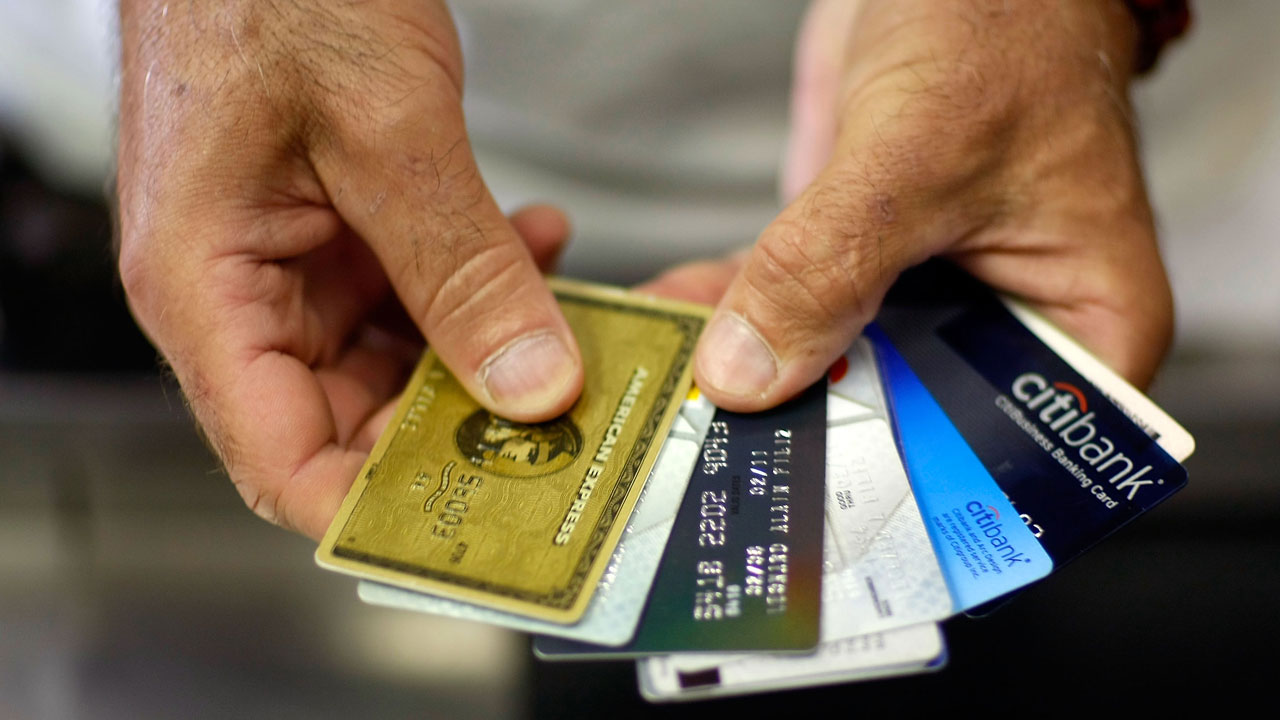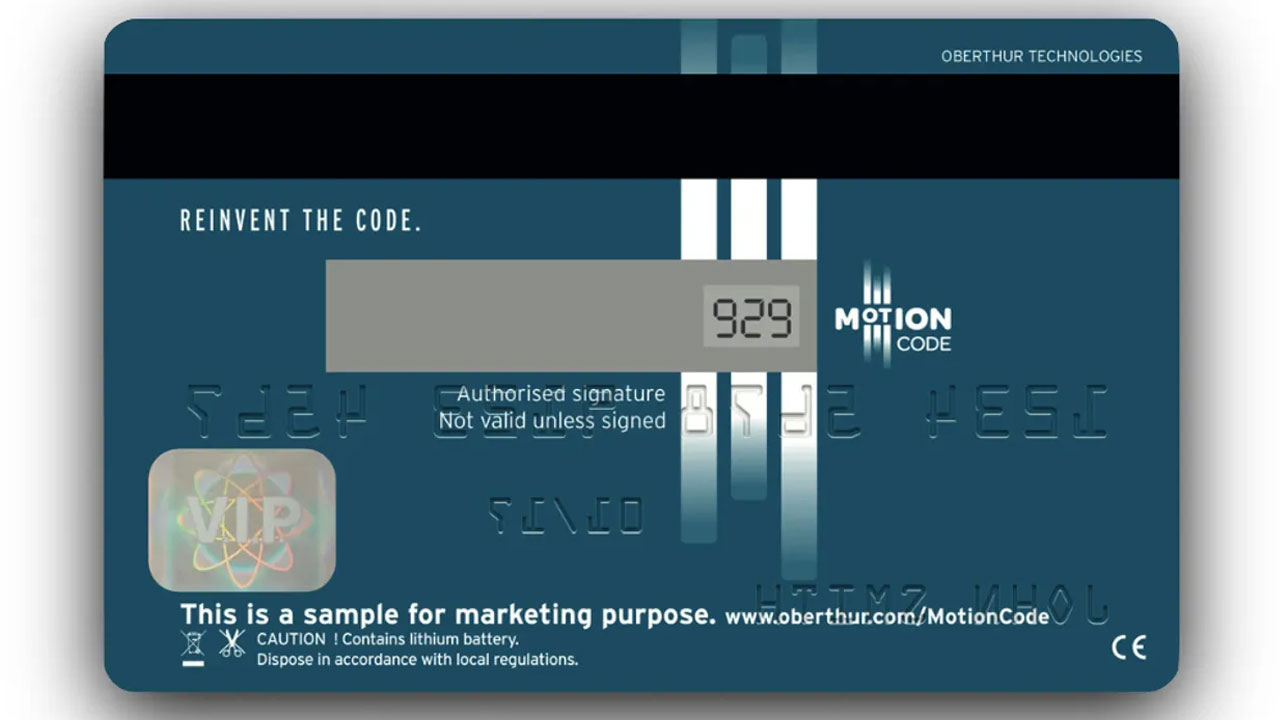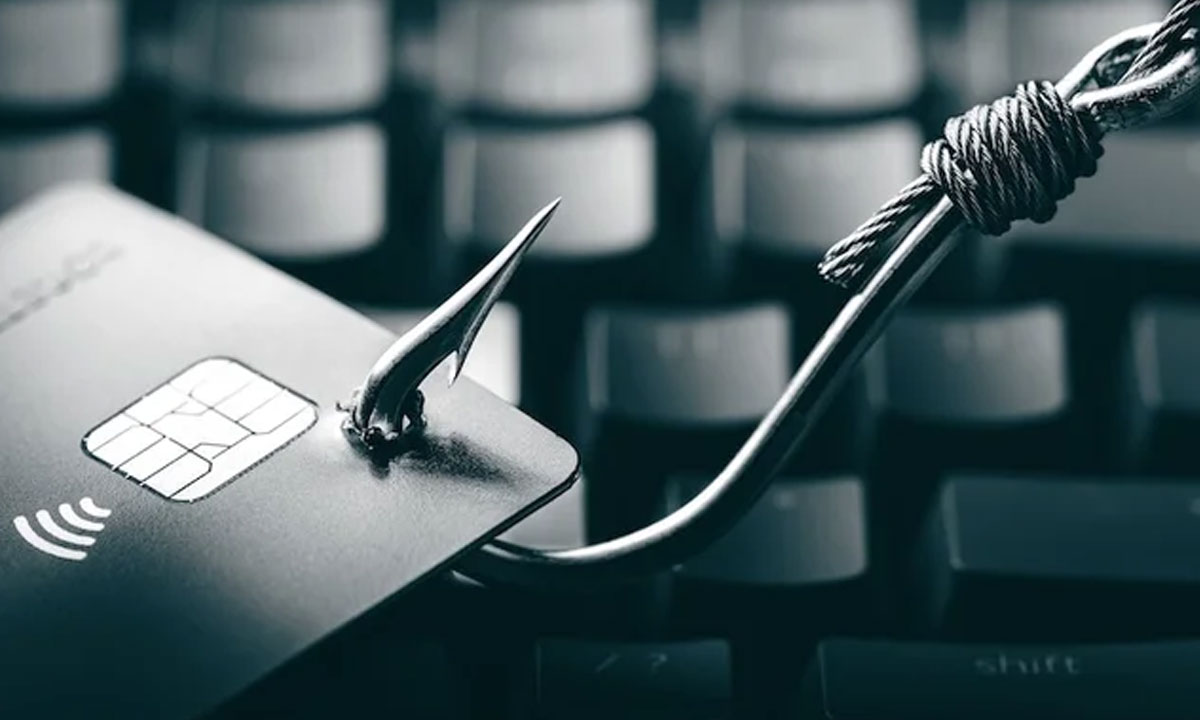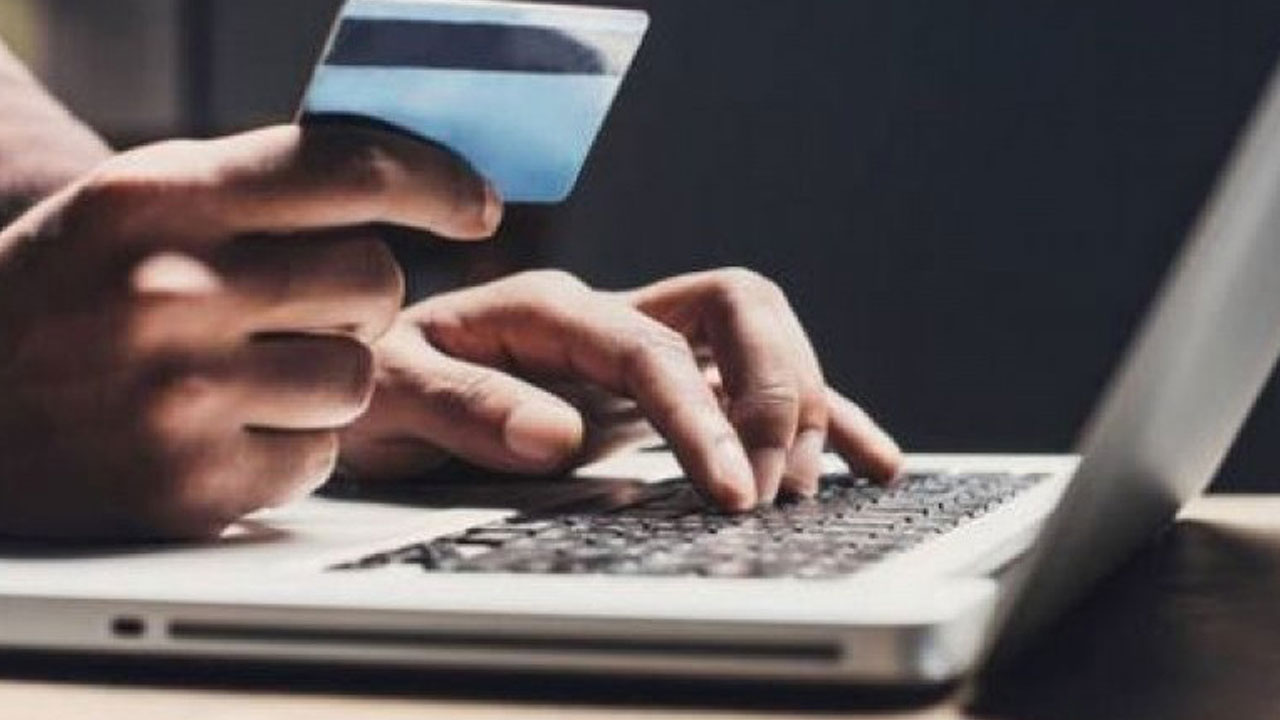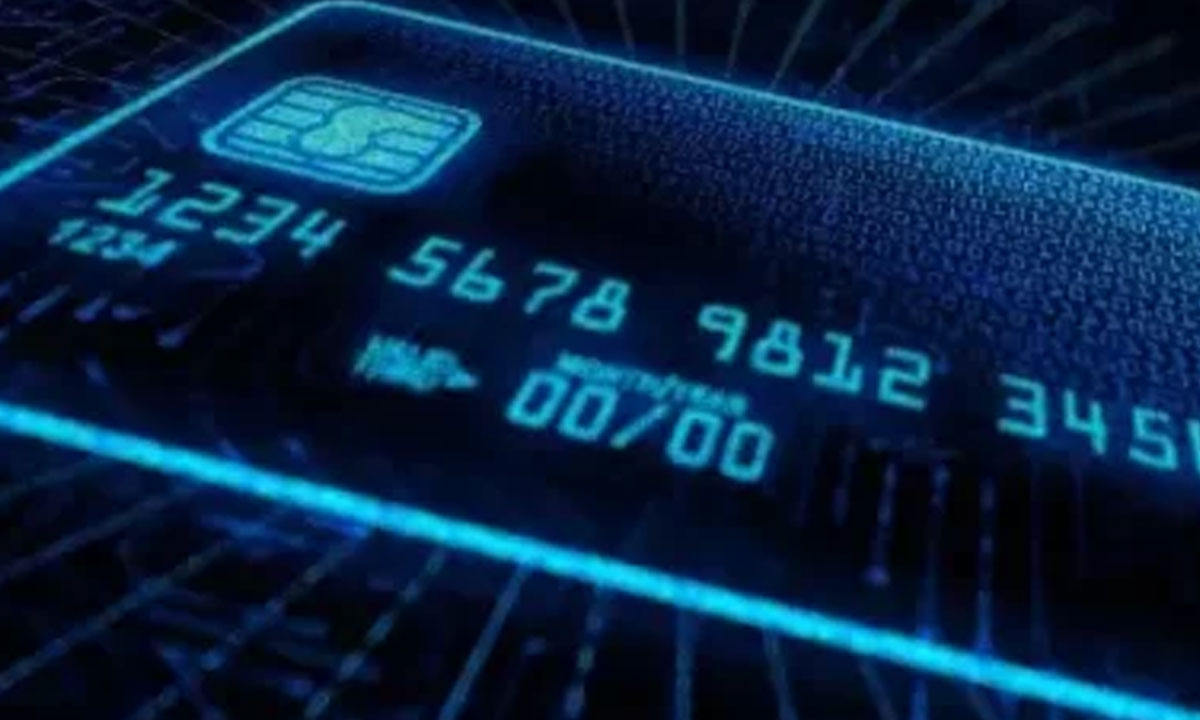
How to Ensure a Secure Purchase of Fullz CC Website Online
In today's world, "fullz cc website" is a scary reality. It means a big collection of personal and financial data of feccshop. This info is often full of important details like your name, address, credit card info, and more. Cybercriminals use this data for fraud and identity theft. The dark web has lots of these fullz for sale. But, there are steps you can take to be safe while buying them.
Key Takeaways
- Understand the risks and complexities of the underground fullz market
- Recognize the various players involved in the credit card fraud ecosystem
- Learn how to identify and avoid shady fullz vendors and fraudulent websites
- Explore the different options and methods for purchasing fullz online
- Discover strategies to securely use and manage your purchased fullz information
Understanding the Underground Shopping Mall
The underground shopping mall is where credit card fraud happens. It's a world full of different people doing bad things, like making malware, phishing, using skimmers, and finding weaknesses to get what they want. They sell the info they steal on the web.
Malware Authors, Phishing Attackers, Skimmers, Exploiters
Malware creators make software that sneaks into systems to take credit card info. Phishers trick people into giving up their info. Skimmers are devices on ATMs that steal your card details. And exploiters find ways to break into systems to get private info.
These bad actors mix inside help with IT companies, and outside threats to steal data. They buy and sell the stolen info on the dark web using forums.
Forums and Online Shops
The dark web is where the action is. They use special tools to stay hidden and money that hides who's paying. This keeps everyone mostly in the dark about who they are.
On places like BidenCash or Brian's Club, you can find all kinds of stolen info. From just credit cards to full packages with names and everything, there's something for everyone. And everything has a price.
| Marketplace | Price Range | Payment Methods | Notable Features |
|---|---|---|---|
| BidenCash | $0.04 - $28.90 per listing | Privacy-focused cryptocurrencies | - |
| Real and Rare | $11 - $149 per listing | Privacy-focused cryptocurrencies | Referral program (10% commission) |
| Brian's Club | $14 - $89 per listing | Privacy-focused cryptocurrencies | Auctions, free gifts based on volume |
| Russian Market | $5 - $151 per listing | Bitcoin, Litecoin, Ethereum | - |
| FindSome | $6 - $21 per listing | Privacy-focused cryptocurrencies | Attribute-based filtering, Bitcoin deposit requirement |
From small crooks to big criminal groups, there's something for everyone in the dark web markets. The hidden nature of these places makes them dangerous for our financial safety.
Buyers: Profiles and Purchase Options
An underground shopping mall is a hub for credit card fraud. It sees a mix of buyers, from newbies to pros. They buy all sorts of illegal stuff, like single credit card details, lots of cards, or "fullz" with everything from personal to financial data.
Buyers here get to pick what they want very specifically. They can choose cards from a certain place, bank, or brand. Even the type of card, like Classic or Gold, is up for grabs too. They pay with virtual money, wire transfers, or moves that keep their identities secret.
| Data Type | Price Range | Payment Methods |
|---|---|---|
| Single Credit Card (CC, CCV, CVV2) |
|
|
| Fullz Data |
|
|
When you hear "Fullz," think all the info a scammer wants. This includes things like social security numbers and more. It's pricier than just credit card details because it's useful in many types of fraud.
Buyers have a lot to choose from here, from cards to full personal data. No matter the pick, they use tricky ways to keep things private. This goes on to help hide their shady buys.
Online Carding vs Offline Carding
Credit card fraud has become a big problem in the world of online transactions. Criminals have found ways to either use cards online or make fake cards for buying things in stores. It's important to know about these two types of fraud to stay safe, whether you're a buyer or a seller.
Cardable Website Criteria
When it comes to online carding from Fresh CC Shop, thieves get their hands on real credit card information. They use this information to buy things on websites. They look for sites that are easy to trick because they have weak security or don't spot fraud quickly.
Studies show that by 2023 to 2027, merchants might lose over $343 billion to payment fraud. It's shocking that more than a third of web visits are not by people, but by bots. Many carding schemes are linked back to Russia.
But, offline carding works a little differently. Instead of buying from online stores, criminals make fake cards. They buy things in person. They usually go for expensive stuff like fancy clothes or the latest gadgets. These are the most sought-after items for those pulling off this kind of fraud.
| Online Carding | Offline Carding |
|---|---|
| Utilizes stolen credit card details, including "fullz," to make fraudulent online purchases | Involves the generation of counterfeit cards for in-store purchases |
| Targets "cardable" e-commerce websites with weak security and fraud detection | Focuses on liquid goods, such as electronics and high-end fashion |
| Contributes to the estimated $343 billion in projected payment fraud costs worldwide | Exploits the prevalence of malicious bots, which make up 39% of web traffic |
Defeating credit card fraud requires knowing the differences between online and offline methods. This knowledge can help protect businesses and customers alike.
https://www.youtube.com/watch?v=TtOTPyXcpT8
Generating Counterfeit Cards
Offline carding has become a dangerous trend with the use of counterfeit credit cards. Criminals use various tools and methods to create these fakes. This includes magnetic stripe readers, old plastic cards, and special software. With these, they make fake cards to buy things in stores.
Software for Encoding Cards
Criminals have certain software to put real credit card info on fake cards. Programs such as MSRE, TheJerm, and Exeba are known for this. They help create working cards for illegal buys.
| Software | Description |
|---|---|
| MSRE | A favorite among criminals, this software turns blank plastic cards into fakes with stolen magnetic stripe details. |
| TheJerm | This is an encoder that writes real card info onto fake counterfeit cards. Criminals use it for illegal shopping. |
| Exeba | Exeba helps make counterfeit cards by putting stolen payment card data on blank cards, including expired ones. |
These tools, along with magnetic stripe readers and access to expired cards, let criminals make fake counterfeit cards. They use these for buying things illegally.
"The mid-1990s saw the rise of AOL dial-up accounts, where AOHell software became popular for phishing and stealing information like credit card details."
Specialized Services in Fraud Ecosystem
The credit card fraud world is complex. It involves many people working together, each with a different job. From stealing cards to turning them into cash or goods, every step is covered by someone in this illegal trade.
Runners: ATM Cash Withdrawals
Runners are experts at getting cash from ATMs with fake cards. They make the most of a single fake card by using it many times in a row. They keep the money safe by using things like fake digital wallets, online currency, and money transfer apps.
Droppers: Receiving Goods Securely
Droppers make sure the stolen goods get to the right place safely. They use fake places to live or fake mailing addresses. This hides the real buyer and gets the goods without drawing attention.
Shoppers: In-Store Purchases
Shoppers know how to buy things in person with fake cards. They are very good at not getting caught. They often buy expensive, luxury items because they can make more money that way.
Each role in this fraudulent system helps turn stolen card data into money or valuable items. This cycle boosts the problem of credit card fraud around the globe.
Demand and Supply Dynamics
Credit card fraud changes when new breaches happen. Suddenly, there's more demand for new credit card information on the dark web. Cybercriminals want the latest stolen card numbers for scams.
If too many cards get stolen at once, their value can drop. This happens when lots are for sale, but not many are buying. Then, sellers lower their prices. This makes the fraud market less stable.
Impact of Data Breaches
New data breaches make cybercriminals eager to buy. These breaches flood the market with fresh credit card info. Criminals quickly buy these "dumps" for their schemes.
When many new cards are available, their price can go up. This is because there's a race to get the best and newest cards. The market then becomes temporarily unbalanced, with not enough supply for the high demand.
Price Fluctuations
Supply and demand shifts lead to price changes. If fewer dumps are wanted but lots are for sale, sellers drop their prices. This keeps the business going.
Eventually, too many cards being sold can devalue the whole market. This imbalance causes more price swings. Events like data leaks and police actions also shake up the market.
| Metric | Value |
|---|---|
| Increase in Cryptojacking Malware Attacks (2021) | 300% |
| Percentage of Stolen Data from the United States and Europe | 84.3% |
| Percentage of Sellers Offering Dumps (Bank Account or Credit Card Data) | 44.7% |
| Percentage of Sellers Offering CVV Data from Credit Cards | 34.9% |
The world of credit card fraud is always changing. Data breaches, supply, and demand play a big part in the market's ups and downs. It's important for everyone to understand these factors. This helps both consumers and businesses protect against credit card fraud.
fullz cc website: The Black Market
The black market, including the dark web, is where credit card fraud happens. It involves buying and selling "fullz." Fullz are packages of personal and financial details. This world uses special tools and digital money to hide and keep safe.
In this illegal economy, credit card info is top-selling. You can get CVVs, or Card Verification Values, for under $10 for U.S. cards. But, the data on the card's magnetic stripe, called dump data, goes for $20-80, more expensive. The trade in stolen credit card details is a multi-million dollar business every day.
You can buy full information on someone's finances - a "fullz" - for under $100. There are also "Dead Fullz," which go for $1-3 because their cards are no good. These can be used for scams. Accounts on PayPal or eBay start at $2 each.
| Item | Price Range |
|---|---|
| CVVs (U.S. cards) | Less than $10 |
| Dump data (U.S. cards) | $20 - $80 |
| Fullz (full financial information) | Less than $100 per record |
| Dead Fullz (invalid credit cards) | $1 - $3 each |
| PayPal/eBay accounts | Starting at $2 per account |
The cybercriminal world is always looking for new ways to make money from stolen info. In 2014, there were huge data breaches with millions of payment cards at risk. The retail sector was hit hardest.
"Fullz can be sold multiple times to many different buyers, and are frequently offered for sale in bulk lots in online black markets, often hidden on the dark web and using privacy-focused cryptocurrencies."
Though laws try to protect us, it's too easy for thieves to get our info. To stay safe, shred your papers, avoid risky online links, and check your bank and credit info often. This lessens the chance of being a victim.
Credit Card Fraud Ecosystem Overview
The credit card fraud world is very complex. It involves many people and actions to steal and misuse financial information. This starts with people who create malware, those who send phishing attacks, and others who physically steal information. They use various methods to get credit card details. Once they have this information, they sell it online. There, people offer services to make fraud easier.
In 2022, there was a big case involving 2 million payment cards. They came from a site called BidenCash. This leak had 740,858 credit cards, 811,676 debit cards, and 293 charge cards. About half of these cards were from U.S. banks. The most popular stores where these cards were used were Entershop, Easy Deals, Toxyzen, BidenCash, and VClub.
This problem goes further than just stealing the cards. Some people help to take out money from ATMs; these people are called runners. Others, known as droppers, safely drop off the illegally bought goods. Shoppers then go to real stores with the fake cards to buy things. All these roles make it possible for criminals to turn stolen card details into real money easily.
There's a big demand for stolen cards, especially those with secret codes (CVV or CVV2). These codes help with more advanced frauds, like buying things online without actually having the card. The credit card fraud scene is huge. In 2018, there were over 7.7 billion credit cards all over the world. Out of those, more than 1 billion were in America by 2020.
Even though police and security systems are working hard, the fraud network keeps growing. Websites like Rescator and Brian's Club are popular because they offer everything from stolen card info to guidance for people wanting to do fraud. The credit card fraud system is very good at changing, posing a big challenge for those trying to stop it.
"Cybercriminals are constantly finding new ways to exploit vulnerabilities and obtain sensitive financial data, making the credit card fraud ecosystem a persistent and evolving threat."
Challenges and Solutions
The credit card fraud ecosystem is always changing. The biggest problem is "double fraud." This is when criminals use the same stolen information many times for fraud. It's very hard to stop them from doing this.
Double Fraud Issue
The "double fraud" problem is a major challenge. Criminals abuse weak spots in our payment system. They can use stolen data over and over for fraud. This boosts the cost of fraud and makes it tough for banks and stores to stop them.
EMV and RFID Card Security
To fight "double fraud," the payment industry introduced new security measures. EMV, or chip-and-pin, cards are a big step. They have a special chip that creates a new code for each buy. This way, it's harder for crooks to copy the card.
There's also RFID technology for cards. These cards make payments through wireless signals, using encrypted data. This makes it less likely for someone to copy the card. Both EMV and RFID cards are making it more difficult for fraudsters to reuse stolen card info.
"The payment industry is always a step ahead in stopping credit card fraud. The launch of EMV and RFID cards shows how focused they are on making transactions safer."
The fight against credit card fraud is ongoing. The payment industry is using new technology to combat "double fraud." With EMV and RFID cards, they're giving us safer ways to pay. This keeps consumers better protected.
Understanding Fullz Information
In the world of financial fraud, "fullz" is a big deal. It's a complete set of someone's personal and financial data. This includes their name, address, credit card info, Social Security number, and birth date. Such details are often stolen through hacking or data leaks. Then, they're sold illegally, usually on the dark web. They're used for various scams and identity theft crimes.
Contents of Fullz Data
Research shows fullz have detailed personal and financial data about someone. This includes their name, address, credit card info, Social Security number, and birth date. It's a full package of a potential victim's information.
- Full name
- Billing address
- Credit card number, expiration date, and security code
- Social Security number
- Date of birth
Obtaining and Selling Fullz
Criminals get fullz info through illegal methods like hacking or data breaches. Then, they sell it on the dark web for fraud and theft. It's used for various scams and financial crimes. A full record of someone's fullz info can be worth between $15 to $100. This depends on how much detail it includes.
Fullz are used for many illegal activities. These range from loan fraud to tax scams. Criminals use them to trick security checks and attack online systems. This puts industries like banking, e-commerce, and gambling at risk.
Businesses must fight against fullz fraud with strong security measures. People can also protect themselves. They should check their accounts and credit reports often. Using password managers and being careful about sharing personal details online is crucial.
Consumer Protection Measures
The world of credit card fraud is always changing. To keep your money safe, you should watch your accounts and credit reports closely. Always look for anything strange. This could be a sign of fraud or someone stealing your identity. Also, consider using credit monitoring services. They give you extra help in checking for dangers.
Monitoring Accounts and Credit Reports
Looking at your bank and credit card statements regularly is very important. Catching any unusual transactions early can stop a lot of trouble. It lets you deal with fraud before it gets worse. It's also smart to keep an eye on your credit reports. If you see new accounts or checks you don't know, it could mean someone is using your identity. Solving this fast is key.
Credit Monitoring Services
Credit monitoring services are great at keeping an eye on your reports. They warn you about any weird changes right away. This could be a sign someone is stealing your info. They also give you tips on how to fight back against fraud and protect yourself better.
Being careful and using these services can help you avoid fraud and other money problems. Stay alert and use their help to keep your finances safe. With the right approach, you can protect your money and credit well.
"The best defense against credit card fraud is to be proactive in monitoring your accounts and credit reports. By catching any suspicious activity early, you can minimize the potential damage and protect your financial future."
Secure Online Payment Gateways
Online payments are complex but important. Understanding secure payment gateways is key. They use many security tools to stop fraud and protect digital transactions.
AES Encryption is a top security feature. It's a method for hiding data during transfers with a special key. This keeps payment info, like credit card numbers, safe online.
Gateways also use authentication factors to check who is making the payment. You might need a password, a special code, or even your fingerprint. This extra step makes it harder for thieves to use stolen cards or info.
Being PCI DSS compliant is crucial for these gateways. It means they follow strict rules to protect your credit card details. Businesses must meet this standard to show they protect your data well.
Payment gateways look out for scams using risk analysis and other tools. These tools watch for odd activity or signs of fraud. They stop it fast, which helps everyone stay safe online.
Using secure gateways gives customers peace of mind. It helps avoid the costs and harm of credit card fraud. These strong protections keep the online payment world trustworthy.
| Security Feature | Description |
|---|---|
| AES Encryption | Advanced Encryption Standard (AES) is a symmetric-key cryptography algorithm used to protect sensitive payment data. |
| Authentication Factors | Multiple layers of verification, such as passwords, tokens, or biometrics, to confirm the user's identity. |
| PCI DSS Compliance | Adherence to the Payment Card Industry Data Security Standard, ensuring secure handling of cardholder data. |
| Fraud Prevention Techniques | Risk analysis, device fingerprinting, and velocity rules to detect and prevent fraudulent transactions in real-time. |
Legalities and Consequences
It's very important to know the risky outcomes of doing credit card fraud and identity theft on the dark web. Doing these crimes can lead to huge fines and jail time. Though specifics can vary, remember these acts are illegal and punished severely.
Dealing with the law on credit card fraud and identity theft is no joke. In the U.S., they're seen as serious crimes with long prison terms possible. This is also true for financial crimes like money laundering, wire fraud, and bank fraud.
Committing such crimes can mess up your life big time. You could get sued, face criminal charges, and get a permanent mark on your record. This makes getting a job and staying financially stable really hard.
| Illegal Activity | Potential Consequences |
|---|---|
| Credit Card Fraud | Up to 30 years in prison, fines, and a criminal record |
| Identity Theft | Up to 15 years in prison, fines, and a criminal record |
| Financial Crimes (e.g., money laundering, wire fraud) | Up to 20 years in prison, fines, and a criminal record |
The people whose data was stolen face a tough journey. They must fix their credit, get their money back, and deal with the mental impact. The effects can linger for a long time.
"The consequences of credit card fraud and identity theft can be devastating, both for the perpetrators and the victims. It's essential to understand the legal risks and avoid engaging in these illicit activities at all costs."
Everyone should know the risks of the dark web's financial crimes. The cons are way worse than the pros. They hurt not just individuals but the whole community too.
Conclusion
We've delved deep into the world of credit card fraud, seeing how it evolves. This knowledge is key for you to keep your info safe. It's vital to act and protect yourself from these smart crooks.
Learn the tricks they use, like changing IP addresses and tricky website names. This helps you spot danger early. The huge numbers about fraud show it's real and widespread. So, always be on guard and use all protections available to you.
When surfing online, your safety matters most. Use safe payment methods and watch your bank closely. Also, think about signing up for credit alerts. With these steps, you can lower your fraud risk and keep your money secure. Keep learning, stay alert, and always choose wisely to protect your finances.
FAQ
What is "fullz" information?
Fullz is a term for a lot of important personal and financial info about someone. It includes their full name, where they live, and details about their credit card. It also has their Social Security number and birth date.
How do criminals obtain "fullz" information?
Criminals get "fullz" data through bad acts like hacking or stealing info in data breaches. They do this to sell the data illegally. Often, it's sold on the dark web. This data is then used for fraud and stealing identities.
What are the different methods of credit card fraud?
Credit card fraud usually happens in two main ways: online or offline. Online fraud involves using the stolen info to buy things on the internet. Offline fraud means criminals make fake cards and buy things in stores.
What are the specialized services within the credit card fraud ecosystem?
In the world of credit card fraud, there are special roles. "Runners" take out money from ATMs with fake cards, while "droppers" collect items bought with stolen cards. There are also "shoppers" who buy things in person with fake cards.
How does the demand and supply dynamics affect the credit card fraud market?
New data breaches can quickly change the demand for stolen credit card info. This can make the prices go up. But if there's too much info available, prices might drop. This makes the market unstable.
What are the challenges and solutions in the credit card fraud ecosystem?
One big issue is "double fraud". This is when thieves use the same stolen info to keep stealing. The payment industry is fighting this with more secure cards. Options like EMV chip cards and RFID are meant to make transactions safer.
How can consumers protect themselves from credit card fraud?
People can guard against credit card fraud by watching their accounts closely. Checking credit reports often is also helpful. Plus, using a service to monitor credit can help find and stop fraud.




